Search results for 'in city im'
-
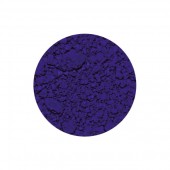
Ultramarine Blue Limewash Pigment
Starting at: £6.30
-
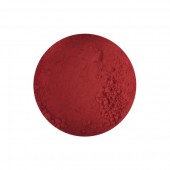
Alizarin Crimson Pigment
Starting at: £4.50
-
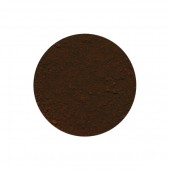
Indian Red Pigment
Starting at: £4.60
-
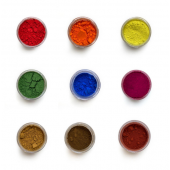
Small, 15ml Pigment sizes
Starting at: £4.00
-
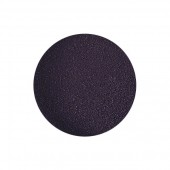
Indigo Blue Genuine Pigment
Starting at: £8.00
-
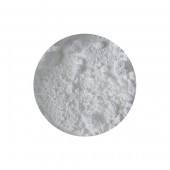
Zinc White Pigment
Starting at: £4.00
-
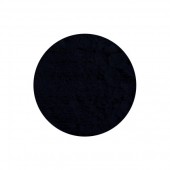
Vine Black Pigment
Starting at: £4.70
-
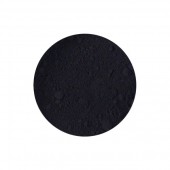
Spinel Black Pigment
Starting at: £8.00
-
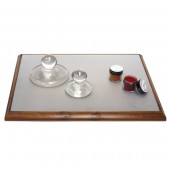
Mixing Slab
Starting at: £24.00
-
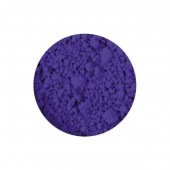
Ultramarine Blue Dark Pigment
Starting at: £4.00
-
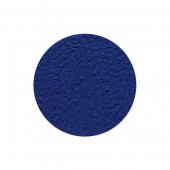
Ultramarine PB29 Pigment
Starting at: £9.10
-
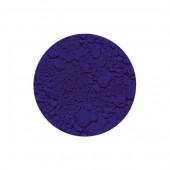
Ultramarine Blue Light Pigment
Starting at: £6.00
-
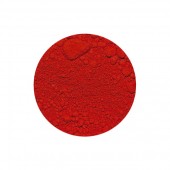
Vermilion Imitation Pigment
Starting at: £8.20
-
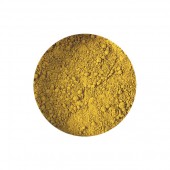
Raw Sienna Pigment
Starting at: £4.00
-
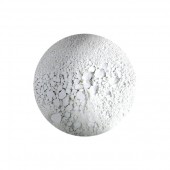
Titanium White Pigment
Starting at: £4.00
-
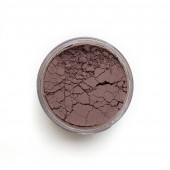
Caput Mortuum Pigment
Starting at: £4.50
-
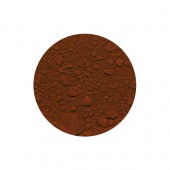
Red Ochre Pigment
Starting at: £4.00
-
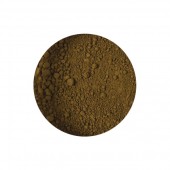
Raw Umber Pigment
Starting at: £4.00
-
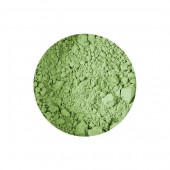
Terre Verte Pigment
Starting at: £4.00
-
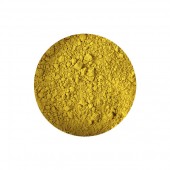
Yellow Ochre Pigment
Starting at: £4.00
-
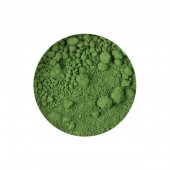
Chromium Oxide Pigment
Starting at: £4.50
-
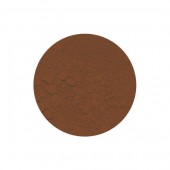
Cadmium Brown Pigment
Starting at: £10.00
-
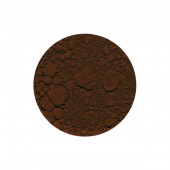
Mars Violet Pigment
Starting at: £4.50
-
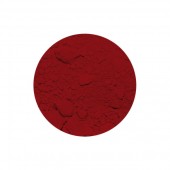
Cadmium Red Deep Pigment
Starting at: £15.00
-
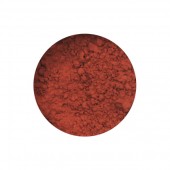
Venetian Red Pigment
Starting at: £4.60
-
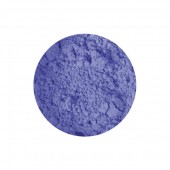
Cerulean Blue Pigment
Starting at: £14.50
-
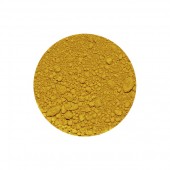
Mars Yellow Pigment
Starting at: £4.50
-
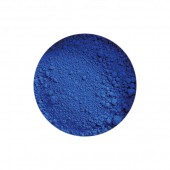
Azure Blue Pigment
Starting at: £12.00
-
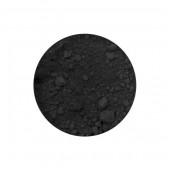
Mars Black Pigment
Starting at: £5.70
-
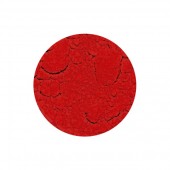
Cadmium Vermilion Pigment
Starting at: £7.50




